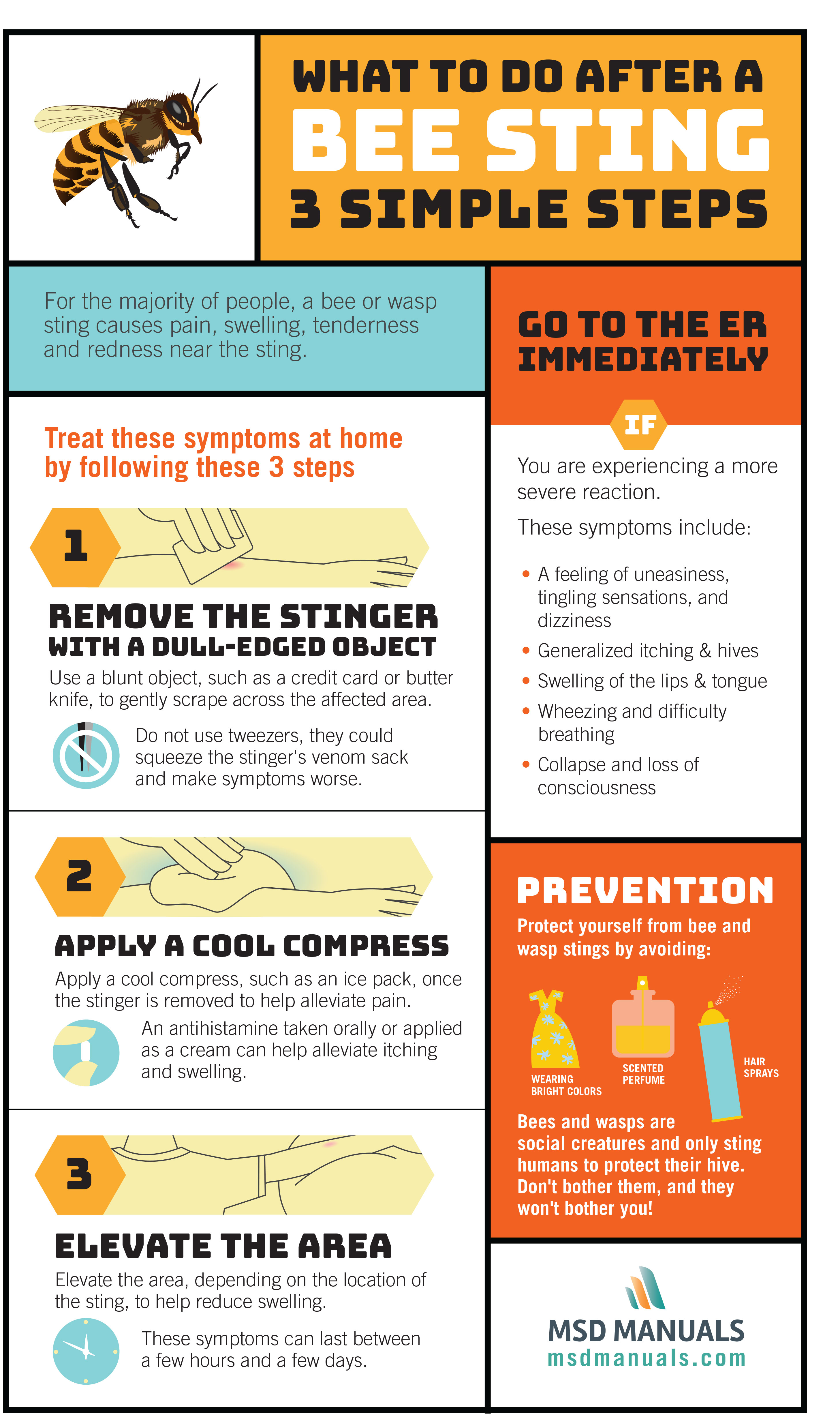

When the beekeeper sees eggs and larvae from the newly mated queen, about 2 weeks after the cell was introduced into the mating nuc, the queen is caged and sold.īees use chemical cues to interact with each other and to manage colony organisation.

About 5-7 days after the queen emerges from her cell, she takes mating flight(s) over one or sometimes two afternoons and mates with 10-20 drones in a “drone congregation area.” She returns to her mating nuc and after several more days, begins to lay fertilized eggs. Each queen cell is introduced individually into a small, queenless colony called a “mating nuc”. In all cases, the queens are removed from the colony a day or two before they are due to emerge, or about 10 days after the larvae were grafted into queen cups. The developing queen larvae may later be transferred to a “finishing” colony where the workers continue to feed and incubate the developing queens, or in some operations, the larvae are maintained throughout development in the starter colony. The grafted larvae are placed into the starter colony where the queenless workers feed the queen-destined larvae large amounts of royal jelly.

Young larvae are transferred, or “grafted,” from selected breeder colonies into man-made queen cell cups. In general, a beekeeper specializing in queen production sets up special colonies (e.g., “starter” colonies) that are queenless. There are many methods of raising queen bees, but the central tenant of queen production is that a fertilized eggmay be reared into a queen or worker depending on the food it receives as a larva.


 0 kommentar(er)
0 kommentar(er)
